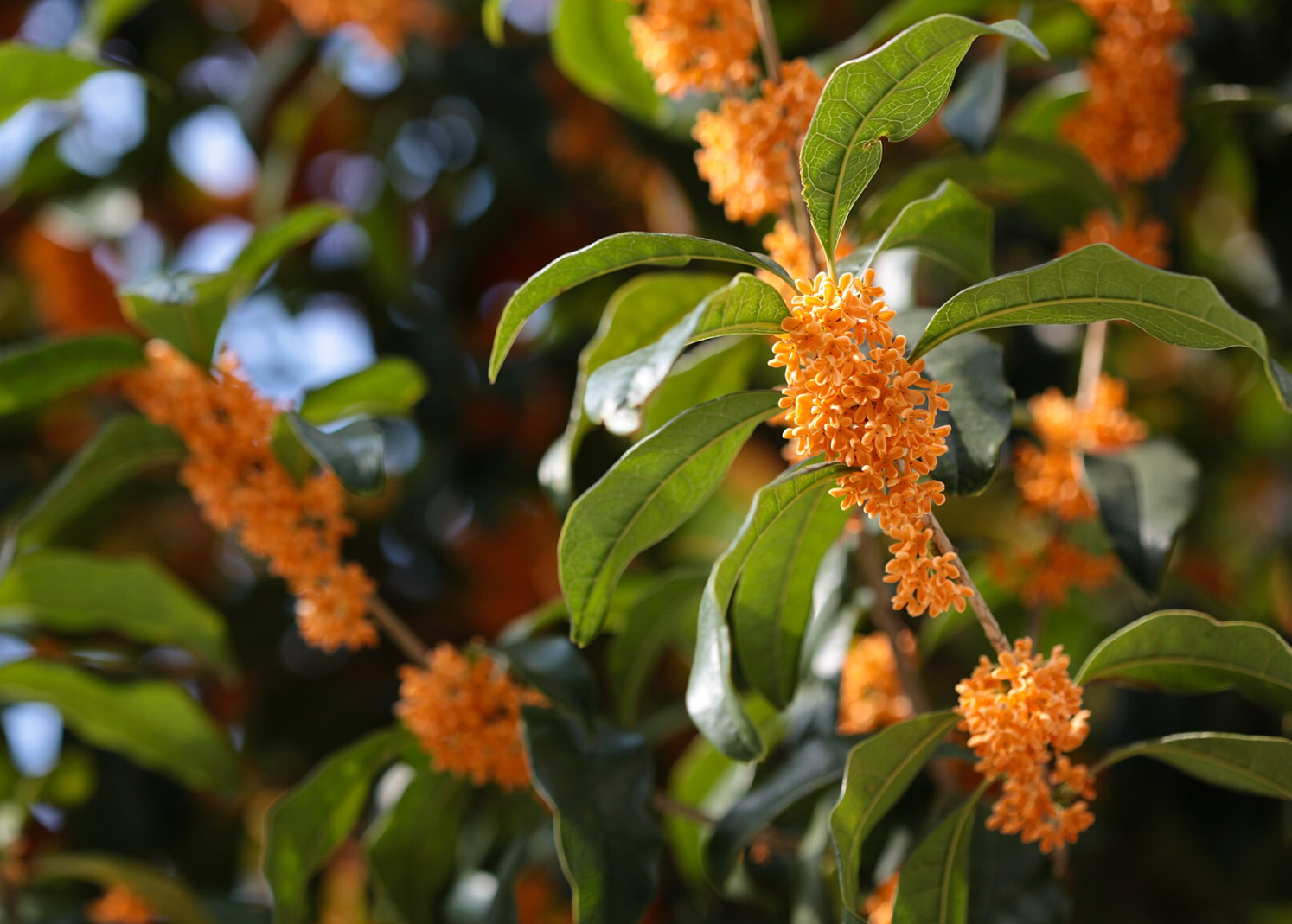Osmanthus Species
Simplified Oleaceae Evolutionary Context (Genus Osmanthus)
Click on nodes with ▶/▼ to expand/collapse branches.
Key References:
- Wallander, E., & Albert, V. A. (2000). Phylogeny and classification of Oleaceae based on rps16 and trnL-F sequence data. American Journal of Botany, 87(12), 1827-1841.
- Zou, J., Liu, D., et al. (2024). A multi-omics database for the biological study of Osmanthus fragrans. Horticultural Plant Journal. (Specific to O. fragrans multi-omics)
Osmanthus fragrans
Common Names
- Chinese: 桂花
- English: Sweet Osmanthus, Tea Olive
- Scientific: Osmanthus fragrans
Taxonomy
Eukaryota; Viridiplantae; Streptophyta; Streptophytina; Embryophyta; Tracheophyta; Euphyllophyta; Spermatophyta; Magnoliopsida; Mesangiospermae; eudicotyledons; Gunneridae; Pentapetalae; asterids; lamiids; Lamiales; Oleaceae; Oleeae; Osmanthus
Genome References
Zou, J., Liu, D., Chen, X., Yang, J., Luo, C., Zeng, X., ... & Chen, H. A multi-omics database for the biological study of Osmanthus fragrans.Horticultural Plant Journal.

Osmanthus fragrans
Description
Osmanthus fragrans (lit. 'fragrant osmanthus'), variously known as sweet osmanthus, sweet olive, tea olive, and fragrant olive, is a flowering plant species native to Asia from the Himalayas through the provinces of Guizhou, Sichuan and Yunnan in China, Taiwan, southern Japan and Southeast Asia as far south as Cambodia and Thailand.
It is an evergreen shrub or small tree growing to 3–12 m (9.8–39.4 ft) tall. The leaves are 7–15 cm (2.8–5.9 in) long and 2.6–5 cm (1.0–2.0 in) broad, with an entire or finely toothed margin. The flowers are white, pale yellow, yellow, or orange-yellow, small, about 1 cm (0.39 in) long, with a four-lobed corolla 5 mm (0.20 in) diameter, and have a strong fragrance; they are produced in small clusters in the late summer and autumn. The fruit is a purple-black drupe 10–15 mm (0.39–0.59 in) long containing a single hard-shelled seed; it is mature in the spring about six months after flowering.